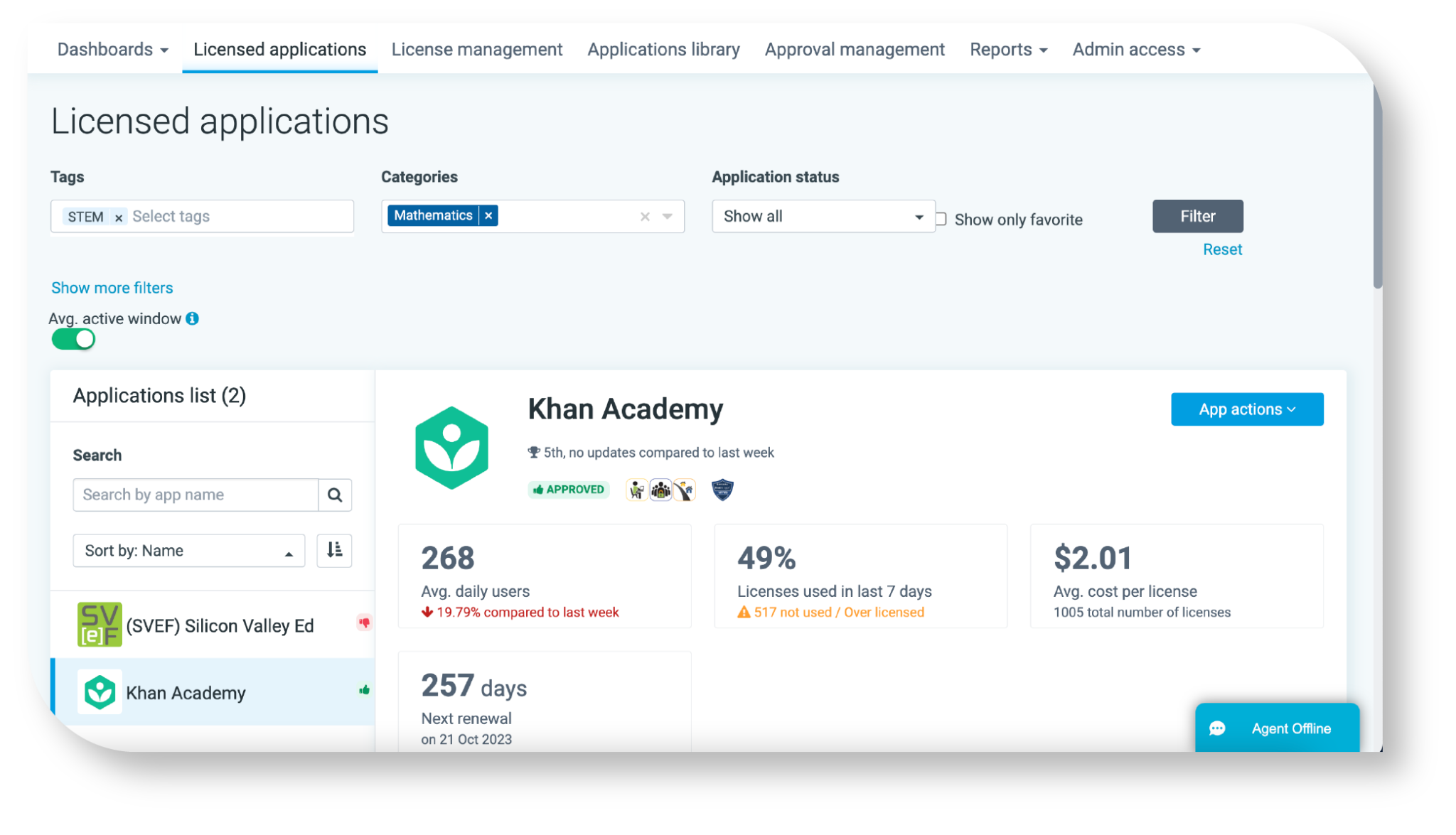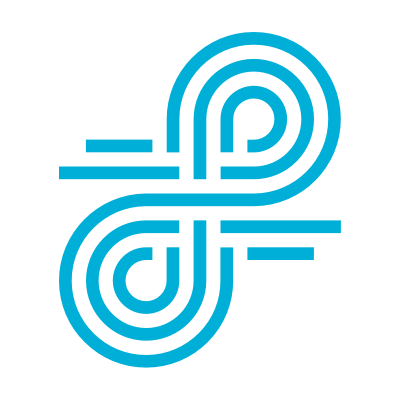Reopen smarting using data for K-12 schools
Lightspeed recently spoke with Anthony Padrnos, Executive Director of Technology for Osseo Area Schools in Minnesota, who discussed how ed-tech classroom tools can both inform important budgeting decisions and ensure the best student outcomes when schools reopen.
“When we started into the pandemic last spring, we really hyper focused our data collection, less around student outcomes and really around student engagement,” Padrnos says. Osseo wanted to know if the schools could “see” students, know where they are, and know if they were connected. “We got thrust into this distance learning space, which was a new and chaotic environment for our staff, our students, our families.”
Osseo Schools wanted to make sure that students were fully connected with the school system, so that the instructional and IT staffs could deliver the needed resources to support students. They quickly discovered that the “if” question resulted in precise “how and where” answers.
Osseo has historically been a data-driven district, and the data for K-12 schools tools they had in place, including Lightspeed Digital Insight™, gave them some valuable information.
“One of the beauties of technology that got amplified during the pandemic was that a lot of data points that we weren’t necessarily looking at before but that we always had access to became really critical,” Padrnos says.
Anthony Padrnos’s Critical Data-Points that drive best student outcomes:
Understand Your Student Engagement
Lightspeed Digital Insight provides robust dashboards and reporting to inform district IT teams on when, how, and where students are engaging with online resources. Understanding how students are interacting and engaging with learning opportunities that were developed through digital platforms allows you to understand engagement from an instructional stance and refine your approach.
For example, your online student engagement data gives you insight into who, when, how often, for how long, and through which apps and channels your students engage. When analyzed in the context of your student assessment results, look at what is actually happening in the virtual classroom and compare it with outcomes, you can arrive at a set of digital instruction best practices.
Osseo was able to identify and demonstrate that when teachers take those digital tools and use them in conjunction with the provided professional development — and embrace the environment we’re trying to create, we see the outcomes that we want, whether it’s in the physical space or the remote space. The data shows that the more students are engaged with those best-practice digital learning activities translates into improved academic outcomes, higher course pass rates.
Drive Rich Conversations with your Instructional Teams
Spend less time processing data and more time using your teams and expertise to help drive meaning and information for action. Lightspeed Digital Insight helps drive rich conversations with your instructional teams around best practices within the learning space, whether it be digital or in person, and look at how the tools you’re purchasing work and how they’re supporting the outcomes that you want to see in your teaching practices.
At the outset of the shutdown, Osseo teachers were using a lot of different free digital tools and resources, and there was a risk of students and families finding it cumbersome to navigate the digital environment. Padrnos states that although they’ve maintained flexibility to allow innovative and creative teachers to continue using individual resources when they’ve proven effective, the district—with the knowledge gained through Lightspeed Digital Insight—has homed in on a half dozen key digital tools as a standard or baseline for core instructional practice.
Ensuring Cost-Effectiveness
Significantly, Padrnos says, Lightspeed Digital Insight helps Osseo Schools closely examine the district’s entire array of digital assets, apps, and tools, and produces the clear, concise data district leaders need to determine what to keep and what to cancel. “This has really been a lot of my work in Osseo for the last three years—understanding what platforms are in our system, how we’re using them, why we’re using them, and are they giving us value? For Osseo, we interpret that as meaning, are we getting the student outcomes that we want?
For Osseo, whether pre-pandemic, during the pandemic, or planning for afterward, “it always comes back for me and our team to instructional goals,” Padrnos said. “In our view, digital learning is not about the software. It’s not about the technology. It’s about the student outcomes and the instructional practices—it’s about the environment we want teachers to create, how we want them to teach and engage students, how these different technology tools support and amplify that goal and actually help make those outcomes occur. That’s the mindset.”
Padrnos acknowledges that all districts work with defined budgets, including CARES dollars and other one-time infusions of money. Long-term, how can districts manage technology sustainability? Technology has an ongoing cost. Hardware will eventually have to be replaced. Annual software subscriptions must be renewed. Lightspeed Digital Insight, with easily generated data on software usage and adoption rates, presents hard, real-time data for making those budget calls.
“Prior to having Lightspeed Digital Insight, we had to gather data for K-12 schools by going onto the back end of the software and seeing as best we could what was happening. We would go into classrooms and observe how it was being utilized, how students were engaging with it. It was a lot of legwork to gather that data and interpret it, translate it into something meaningful. Lightspeed Digital Insight helped us drill directly into the critical data in a meaningful way.
“Within our organization, we do zero-based budgeting, so everything’s on the table every year. We rely on data to drive our instructional practices and get the desired student outcomes. With Lightspeed Digital Insight, we achieve that goal in the most cost-effective way.”

